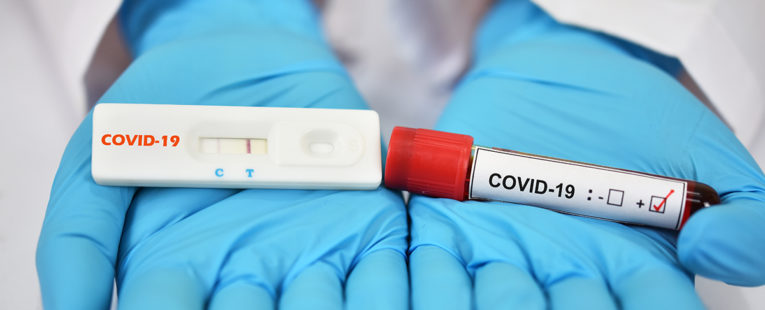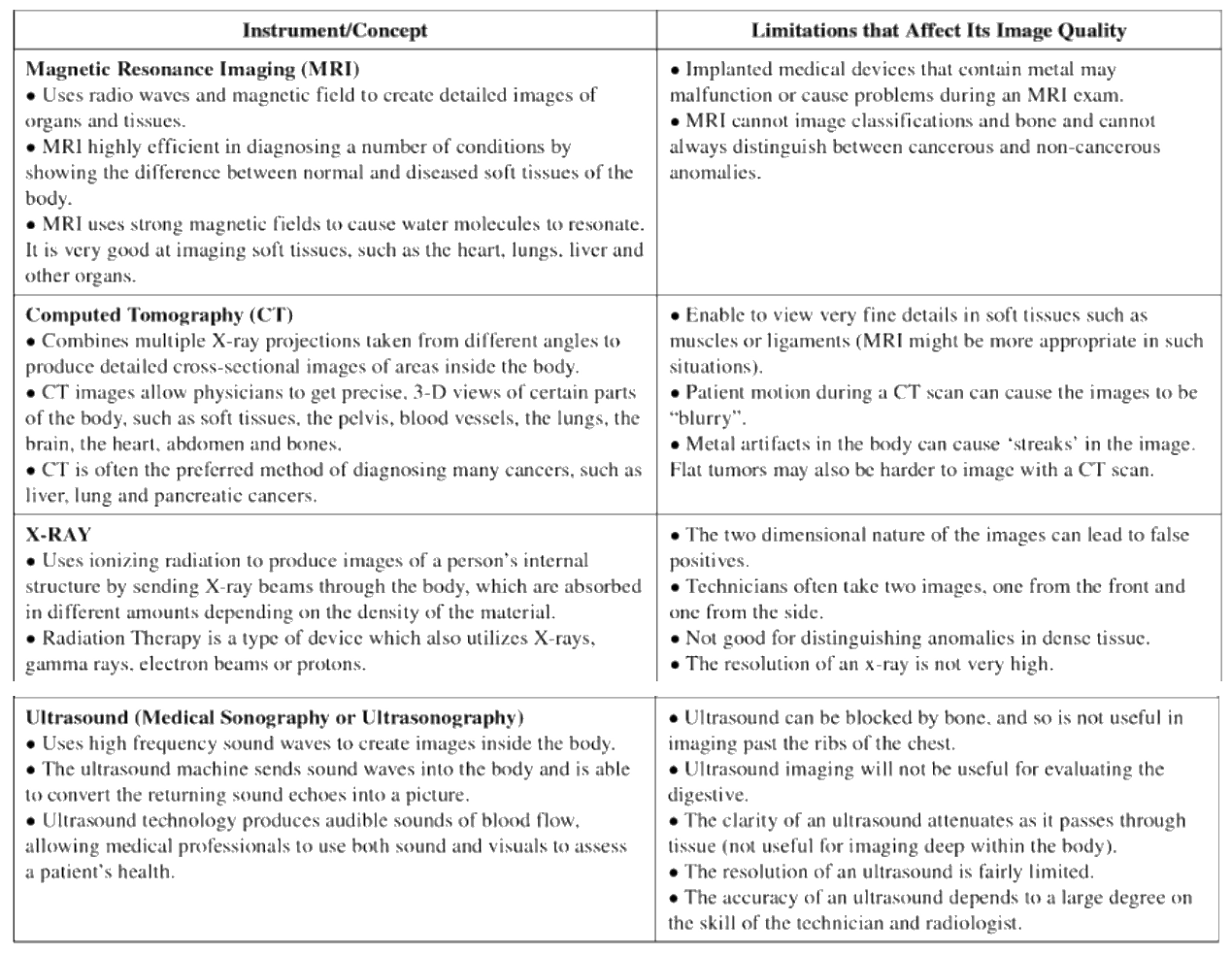
When choosing between becoming a medical assistant or a certified nursing assistant, it is important to understand the differences between these two types of healthcare workers. We'll be looking at the differences in these jobs and the training necessary to achieve them. Then, we will examine the benefits and drawbacks of each job.
It is difficult to decide between a nurse practitioner and a medical advisor.
When choosing a career path, there are several factors to consider, such as training, salary, and work environment. Certified nursing assistants and medical assistants are two of the most important members of the healthcare team. Although there are some similarities, each position has its own unique characteristics.
CNAs and CNAs make more money, but there are many important differences. CNAs are able to provide direct care for patients. Medical assistants, on the other hand, work in a clinical setting and assist doctors. Medical assistants also perform clerical tasks and take samples for lab work.

An administrative task that a medical assistant performs is scheduling appointments, keeping track of invoices and other tasks. CNAs might also take on administrative tasks like answering the telephone and taking calls. CNAs may also manage administrative tasks in smaller medical practices such as supply and inventory checks.
There are many differences between a certified and a registered nurse assistant.
There is not much difference between a certified nursing associate and a registered medical assistant. It is more about the work they do. A medical assistant can perform a wide range administrative and patient service tasks that allows a nurse or doctor more time to concentrate on their patients. They are usually employed in hospitals and outpatient care centres. They assist patients with their daily activities, including eating and moving. They may also be able to administer medication. These assistants work in hospitals and nursing homes.
Certified nursing assistants don't need to hold a degree four years or higher, as they can work in healthcare without any formal education. However, some employers prefer candidates with training in this field. You will learn medical terminology and anatomy through training programs.
What training is required for a certified nurse assistant and a medical assistant?
While the responsibilities of a certified nursing associate and a medical assistant are identical, there are important differences. Both jobs require multitasking skills and communication skills. CMAs as well as CNAs may be asked for additional tasks to help with the care of more patients. These positions may also require them to prioritize their tasks.

These positions require slightly different physical abilities. Certified nursing assistants may need to move patients or use large equipment. CNAs, on the other hand, may be required to perform more hands-on and administrative tasks. Medical assistants might perform more administrative work. Both positions require good mental and physical health.
Although the requirements for both positions are the same, MAs need to be more knowledgeable about medical subjects. They must be able to understand anatomy, physiology, vital signs and laboratory testing. They may also perform more clerical duties or specialize in specific fields of medicine.
FAQ
What are the three primary goals of a healthcare system?
A healthcare system must have three main goals: to provide affordable care, improve patient outcomes, and reduce costs.
These goals have been combined into a framework called Triple Aim. It is based off research by Institute of Healthcare Improvement. IHI published this in 2008.
The idea behind this framework is that if we focus on all three goals together, we can improve each goal without compromising any other goal.
Because they don't compete with one another, this is why. They support each other.
A better access to care can mean fewer deaths due to inability to pay. This reduces the cost of care.
Improving the quality of care also helps us achieve the first aim - providing care for patients at an acceptable cost. It also improves the outcomes.
What are the different health care services?
The most important thing for patients to know is that they have access to quality healthcare at any time. Whether you need an urgent appointment or a routine check-up, we're here to help.
We offer many types and types of appointments. Home care visits are also available for patients who live away from our clinic. We can also arrange for home care visits if you do not feel at ease in our office.
Our team includes pharmacists, dentists and other professionals committed to excellent patient service. Our goal is to make each visit as painless and convenient as possible.
What is the best way to get free coverage for my area's health?
You may be eligible to apply for health insurance free of charge if you are. You might be eligible under Medicaid, Medicare, CHIP or Children's Health Insurance Program.
What are the various types of insurance for health?
There are three types main types of health insurance.
-
Private insurance covers the majority of your medical costs. This type of insurance is typically purchased directly through private companies so that you only pay monthly premiums.
-
Although most medical costs are covered by public insurance, there are certain restrictions. For example, public insurance will only cover routine visits to doctors, hospitals, labs, X-ray facilities, dental offices, prescription drugs, and certain preventive procedures.
-
You can use medical savings accounts (MSAs), to save money for future healthcare expenses. The funds are saved in a separate account. Many employers offer MSA programmes. These accounts do not have to be taxed and can earn interest at the same rate as bank savings.
What does "public" mean in public health?
Public Health means protecting and improving the health of the community. It includes preventing disease, injury and disability, encouraging good health practices, providing adequate nutrition, and controlling communicable diseases and environmental hazards.
What is the difference of public health and health policies?
In this context, both terms refer to the decisions made by policymakers or legislators to create policies that affect how we deliver health services. It could be local, regional, or national to decide whether a new hospital should be built. The same goes for the decision whether to require employers provide health insurance. This can be done by local, national or regional officials.
Statistics
- For instance, Chinese hospital charges tend toward 50% for drugs, another major percentage for equipment, and a small percentage for healthcare professional fees. (en.wikipedia.org)
- For the most part, that's true—over 80 percent of patients are over the age of 65. (rasmussen.edu)
- Price Increases, Aging Push Sector To 20 Percent Of Economy". (en.wikipedia.org)
- The healthcare sector is one of the largest and most complex in the U.S. economy, accounting for 18% of gross domestic product (GDP) in 2020.1 (investopedia.com)
- About 14 percent of Americans have chronic kidney disease. (rasmussen.edu)
External Links
How To
What is the Healthcare Industry Value Chain (or Value Chain)?
The healthcare industry value chain consists of all the activities involved in providing healthcare services to patients. This includes all the business processes that occur within hospitals and clinics as well as the supply chains that link them to other providers, such as doctors, nurses, pharmacists or insurance companies. The end result is a continuum of care that begins with diagnosis and ends with discharge.
There are four components to the value chain:
-
Business Processes are the tasks carried out by employees throughout the entire health care delivery process. A doctor might conduct an exam, prescribe medication and send a prescription to a pharmacy. Each step of the process must be completed accurately and efficiently.
-
Supply Chains – The entire network of organizations responsible for ensuring that the right supplies reach those who need them. One hospital may have many suppliers. This includes pharmacies and lab testing facilities as well as imaging centers and janitorial staff.
-
Networked organizations - These entities must communicate with each other in order to coordinate. Hospitals often have several departments. Each one has its own phone number and office. To ensure that everyone is up to date, every department will have a central point from which employees can access updates.
-
Information Technology Systems – IT is crucial in order to ensure that business processes run smoothly. Without it, things would fall apart quickly. IT provides an opportunity to integrate new technologies into the system. If doctors want to integrate electronic medical records in their workflow, they can use secure network connections.